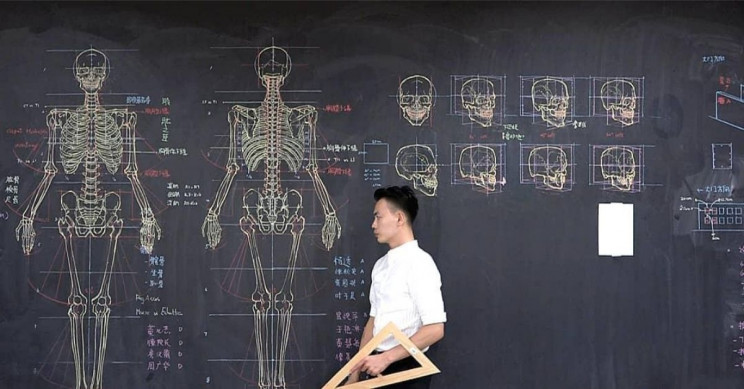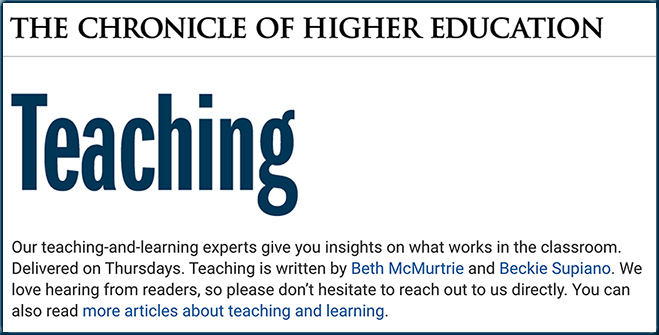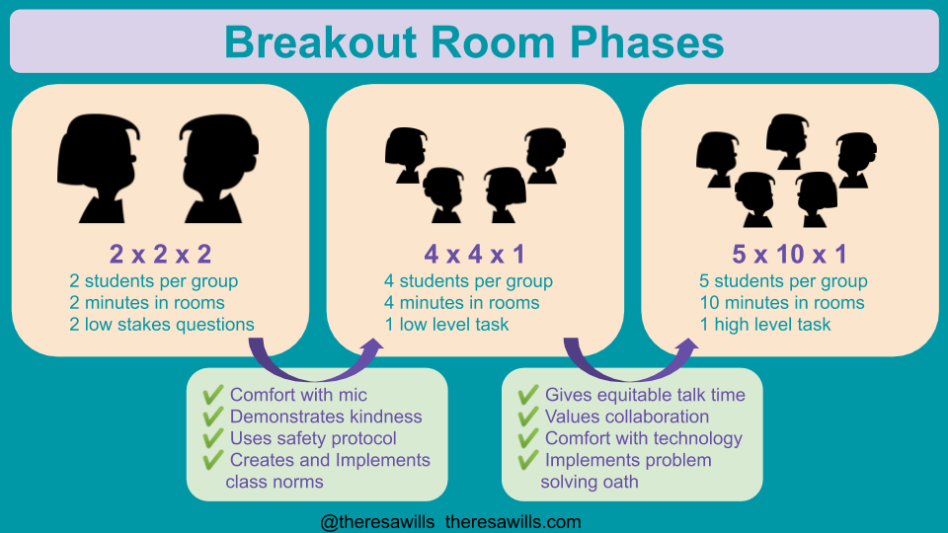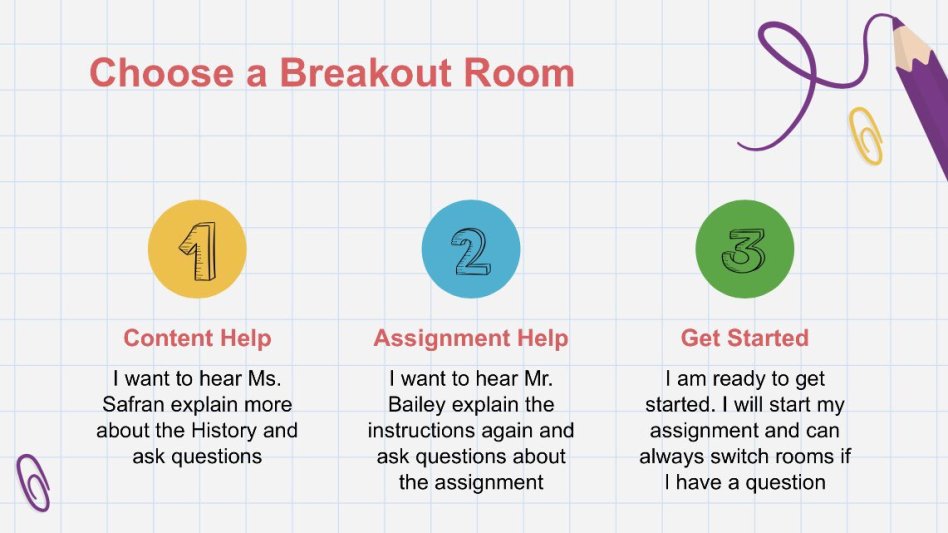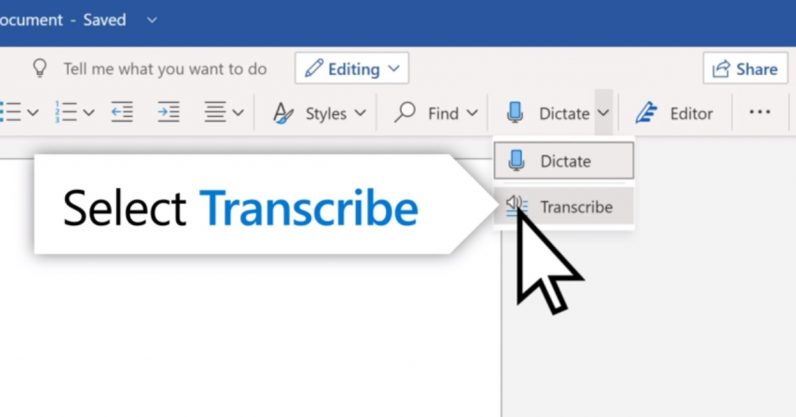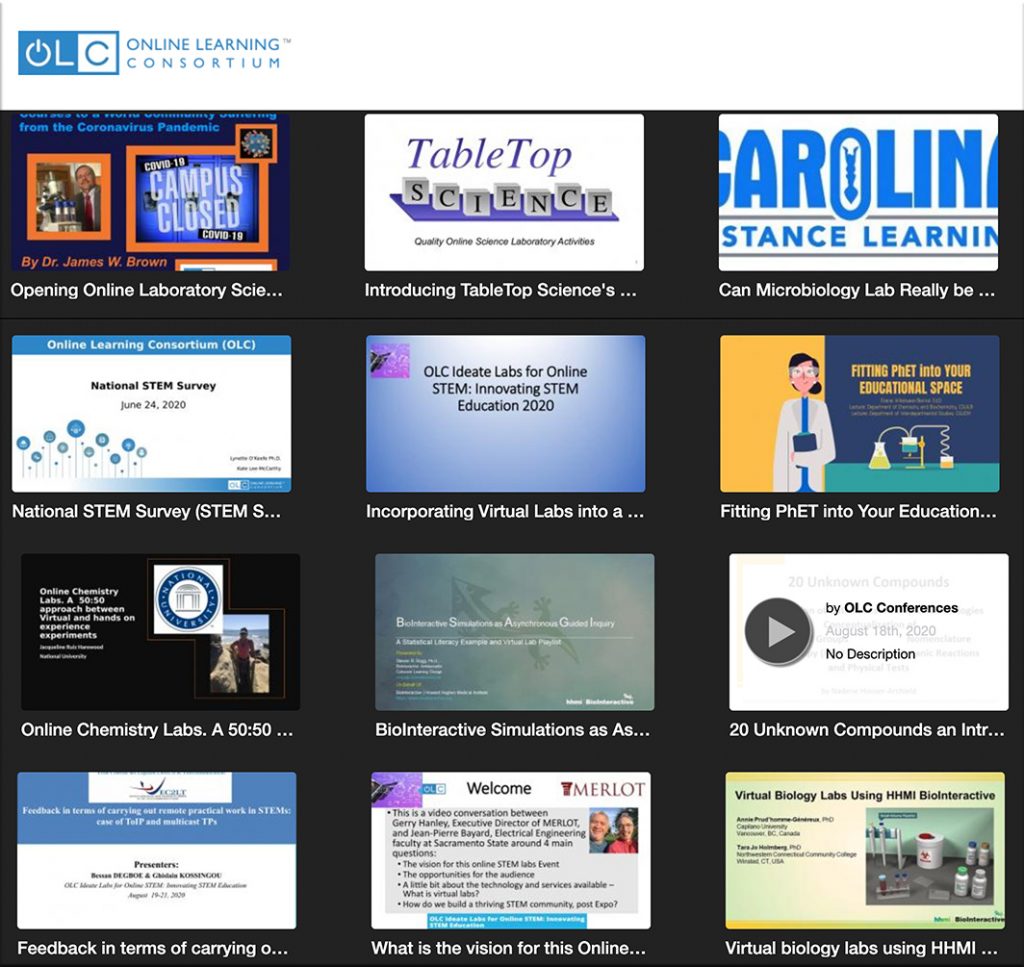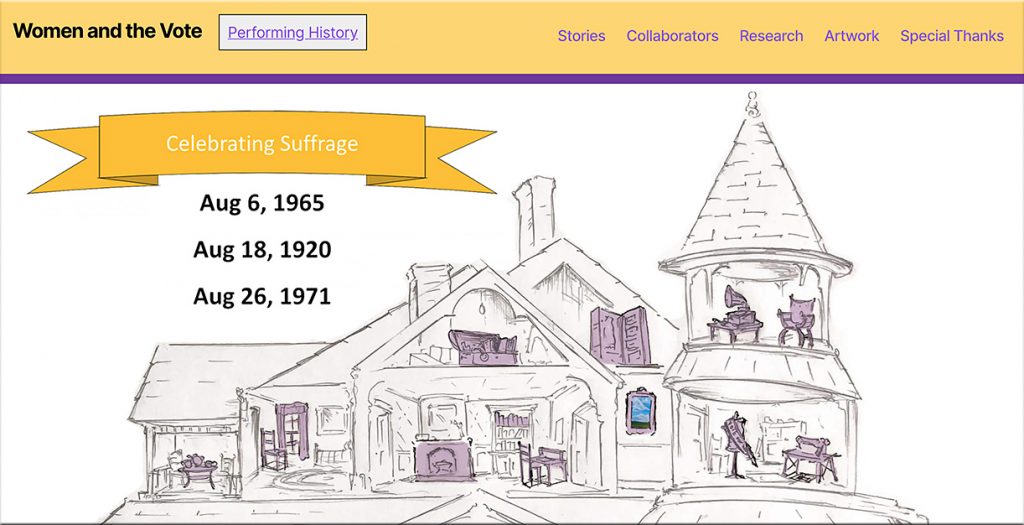7 things you should know about podcasting — from library.educause.edu
Excerpt:
What is it?
In its most basic sense, a podcast is an audio file. When the term was introduced in 2004—derived from the Apple iPod, at the time still a novel portable music player—podcast referred to audio content that employed RSS technology to allow users to subscribe to serialized content that is automatically downloaded and synchronized whenever it is updated. Purists would insist that those requirements still apply—that a podcast must be serialized content available through an RSS feed. In common usage, however, the term has become much looser and is now often used to describe essentially any audio file, whether it is part of a program or a one-off, and even audio content available on a website but not syndicated. It can replace or augment written material, such as textbooks or similar resources. Other podcasts consist of poetry or fiction or are venues for entertainment. Podcasting is enjoying a resurgence, in part because of the penetration of smartphones. People can listen to podcasts during their commutes, while exercising or washing the dishes, or in countless other times and places.









